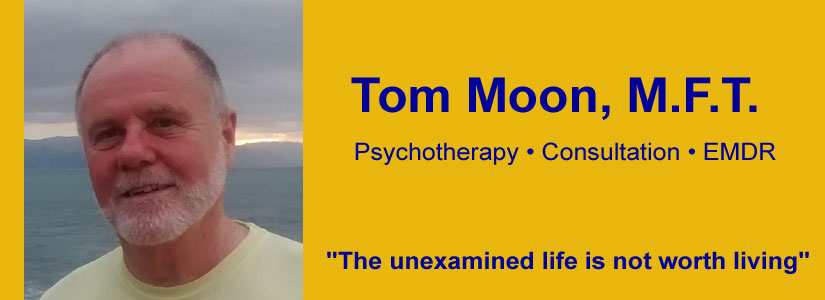Mindfulness practice is the latest thing in psychology. A few years ago it was the preoccupation of a few fringe types, but today increasing numbers of mental health professionals are using it in their work with patients. That’s because a flood of recent and ongoing research is showing that this simple practice can produce measurable improvement in the quality of life and can aid in the treatment of many physical and emotional problems.
Mindfulness is one translation of the Pali term sati, the original Buddhist term for the practice. It refers to a state of awareness that emerges through paying attention on purpose, in the present moment, and non-judgmentally, to things as they are. In mindfulness, we stop “going with” our thoughts, feelings and impulses and just let them come and go on their own while anchoring our attention in the body. The famous Vietnamese monk Thich Nhat Hanh describes mindfulness as “the miracle which can call back in a flash our dispersed mind and restore it to wholeness so that we can live each minute of life.”
The first serious scientific research on the subject was conducted by Dr. Jon Kabat-Zinn at the University of Massachusetts Medical School. He separated mindfulness from its traditional Buddhist religious trappings and taught a secular version of it to chronic pain patients who had no medical options for diminishing the pain. Most of these patients felt anxious, depressed and hopeless about their condition. Kabat-Zinn taught them just to sit with their pain and observe it without avoidance, struggle or expectation of change. The patients experienced measurable decreases in their levels of anxiety and depression. But many also experienced significant reductions in their level of pain, a finding that surprised many in the medical community. Of the practice, Kabat-Zinn says “We are not trying to actively achieve a state of deep relaxation—or any other state for that matter—while practicing mindfulness. But interestingly, by opening to an awareness of how things actually are in the present moment, we often taste very deep states of relaxation and well-being—of both body and mind.”
Since that ground breaking research, mindfulness has been found to be helpful in the treatment of other medical problems as well. One example: a brief mindfulness stress-reduction intervention delivered by audiotape during ultraviolet light therapy for treatment of psoriasis can increase the rate of resolution of psoriatic lesions. Studies in homes for the elderly have shown that regular practice can measurably extend longevity of life. It also appears to improve the functioning of the immune system. Currently, a study is underway at UCSF to determine whether the practice can slow the progression of HIV.
It also has positive benefits with many psychological issues. University of Washington psychologist Marsha Lenehan has incorporated mindfulness practice into a new treatment called Dialectical Behavior Therapy, originally designed to treat Borderline Personality Disorder, but now known to be effective with many other problems, including suicidal depression. UCLA psychiatry professor Jeffrey Schwartz has successfully used mindfulness meditation to treat Obsessive Compulsive Disorder. Other studies show impressive benefits in the treatment of anxiety disorders and insomnia. In a study of binge eating disorders, those who practiced a simple mindfulness exercise daily reported decrease in frequency and severity of binges. And in patients who have recurrent depression, mindfulness practice has been shown to reduce the risk of relapse by almost half.
When I began practicing mindfulness fourteen years ago, I hoped it would ease the pain of a difficult break-up with a boyfriend. It did just that, but what I have found since then is that many other benefits slowly accrue over time. Most of the time most of us act automatically on whatever impulses we feel. Regular mindfulness practice gradually strengthens the observing self, and the result is that we become less reactive and freer from our conditioning. The increased clarity enables us to be conscious moment by moment of the feelings, images, thoughts and sensations that constitute our desires and emotions as they arise. By “deconstructing” them in this way, we become more able just to be with them without having to act on them. Among the many benefits are a deep sense of inner calm and freedom, greater optimism, and increased vitality.
In recent years I’ve been teaching mindfulness to any of my psychotherapy patients who are willing to learn it, and almost all of them report positive benefits. The practice implicitly promotes a principle that one’s experience is inherently valuable. By encouraging intimate attention and respect for one’s inner life, mindfulness seems to help patients become more compassionate and accepting of themselves and others; and it also deepens the capacity to develop insight.
For those who would like to explore this practice, the best way to learn it is to find an experienced teacher or join a mindfulness practice group. The second best way is to use one of the many mindfulness training CDs that are now available. One of the best of these is the Guided Mindfulness Meditation audiobook by Jon Kabat-Zinn (available through soundstrue.com and Amazon.com). His book, Full Catastrophe Living, is also an excellent companion resource.
